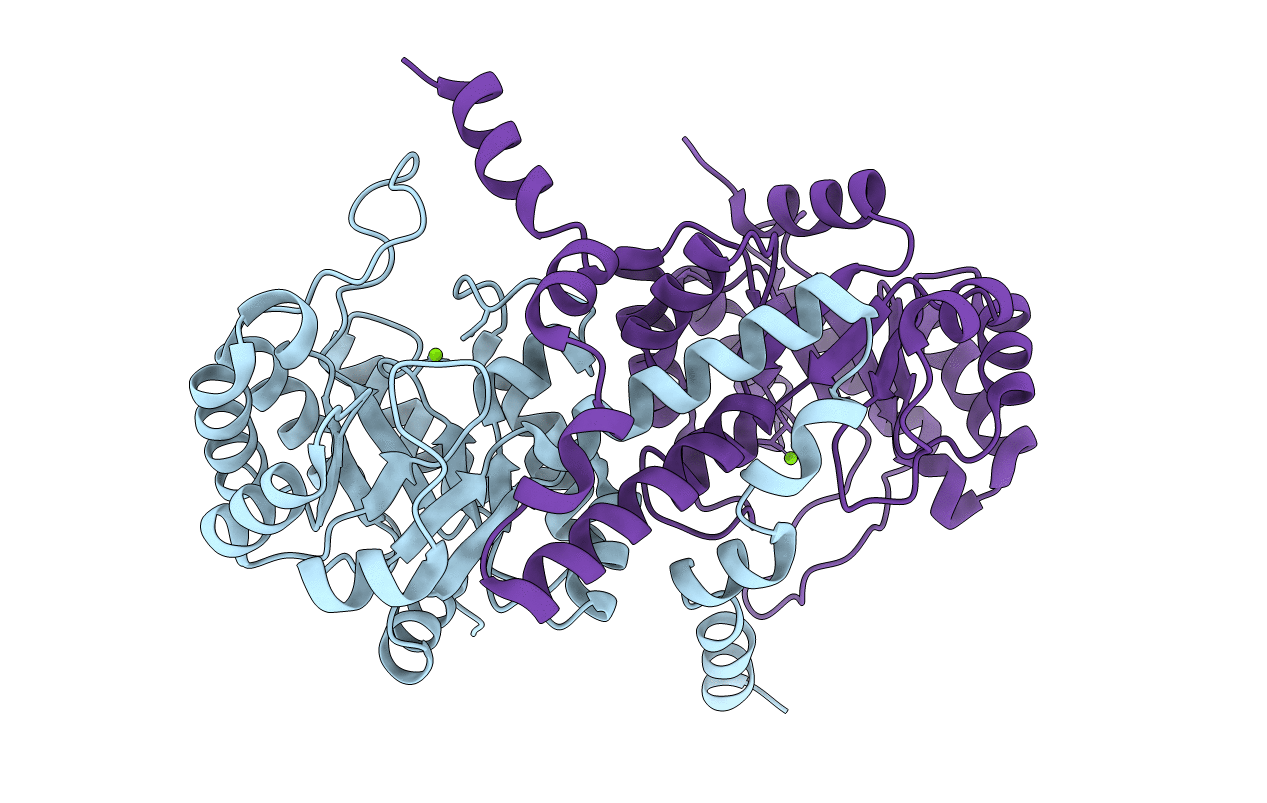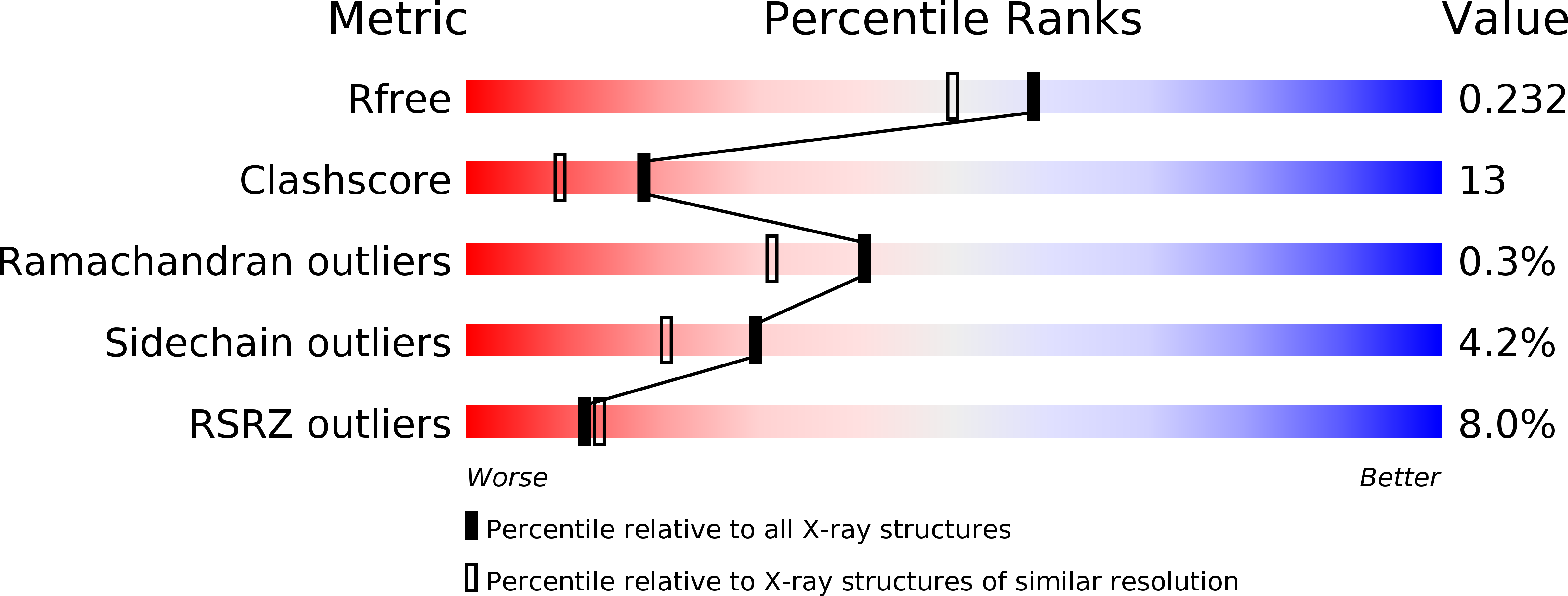
Deposition Date
2002-09-24
Release Date
2003-04-29
Last Version Date
2024-03-13
Entry Detail
PDB ID:
1MUM
Keywords:
Title:
Structure of the 2-Methylisocitrate Lyase (PrpB) from Escherichia coli
Biological Source:
Source Organism:
Escherichia coli (Taxon ID: 562)
Host Organism:
Method Details:
Experimental Method:
Resolution:
1.90 Å
R-Value Free:
0.23
R-Value Work:
0.21
R-Value Observed:
0.21
Space Group:
P 32 2 1


